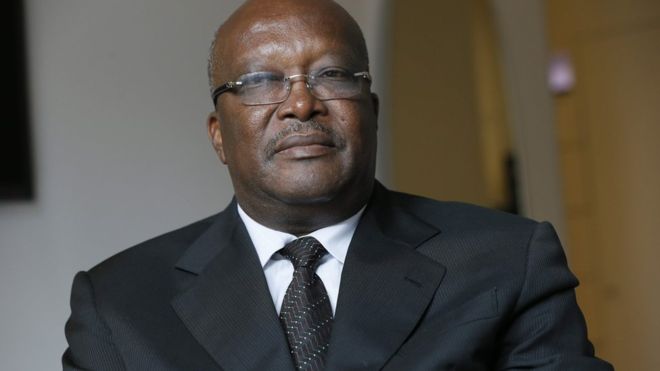Effectively launched in 2020, the MRV project is nationally supported by the Ministry of Environment, Green Economy and Climate Change of the Republic of Burkina Faso

As part of tackling climate change, Parties to the United Nations Framework Convention on Climate Change (UNFCCC) pledged to reduce their greenhouse gas emissions in order to stabilise the increase in Earth’s temperature at 2oC through their commitment materialised in NDC in Paris in 2015.
In its Article 13, Paris Agreement highlights the need for countries to build confidence through the development of a “strengthened transparency framework” by a Monitoring, Reporting and verification (MRV) system of emissions and absorptions. The purpose of this framework should be to facilitate the production of national greenhouse gas inventories in order to produce regular national communications. As such climate transparency framework is absent in Burkina Faso, the Swedish Government through GGGI has funded a three-year project to implement it.
Effectively launched in 2020, this MRV project is nationally supported by the Ministry of Environment, Green Economy and Climate Change of the Republic of Burkina Faso. In April 2020, the project team started the implementation with an assessment at national level. This is the Rapid Assessment work with a series of activities that have been conducted, particularly around data collection and deliverables production (literature review, interviews with keys partners and stakeholders at national level, analysis of existing data, technical sessions with keys sectors and experts).
This work has led to the development of several documents, among which is “The Review of existing MRV initiatives and the mapping of institutions at the national level working on MRV”.
The results of this Rapid Assessment showed that, from 2001 to 2020, Burkina has made an Intentionally Nationally Determined Contribution (INDC); three National Communications (CN), the third is under validation; three greenhouse gas inventories (GHGI); one national adaptation plan (NAP); one national adaptation program of action (NAPA); and one Biennial Updated Report (BUR). Were submitted to the Secretariat of the United Nations Framework Convention on Climate Change: In 2015, the INDC (October), the PNA (October), and the second NC (April); In 2007: the PANA (November); and In 2002: the first CN (May), and a national GHG inventory report (May).
Three greenhouse gas inventories (GHGI) 2001, 2007 and 2019 were used, as the basis for the preparation of the above-mentioned reports.
The current situation review has underlined these main observations: a strong mobilization of the governing bodies in the development of GHGI and reports to be submitted to the secretariat of the UNFCCC; deconcentrating of the statistical services, in general direction of statistics within the various ministries; the availability of technical skills within the INSD (National Institute for Statistics and demography), as well as at the universities and research centres, to participate in the development of country specific parameters; an improvement in the GHGI methodology used, and greater sectoral coverage due to the acquisition of new skills, and an increase in the pool of national experts; the availability of TFPs (technical and financial partners) to support the development and implementation of a formalised and effective MRV system in Burkina Faso; and the strong mobilization of Burkina Faso to fulfil its commitments under the United Nations Framework Convention on Climate Change and the Paris Agreement.
The Institutional mapping of the MRV initiatives in Burkina Faso reveals that the system is organised around the Directorate of Green Economy and Climate change (DGEVC) and the Permanent Secretary of the National Council of Sustainable Development (SP/CNDD) where the UNFCCC focal point seats.
This Rapid Assessment step has allowed to develop a preliminary understanding of Burkina Faso’s national situation regarding the GHG MRV system. It showed that necessary institutions to an effective MRV system are present and fulfil their mandate in the socio-economic organisation of Burkina. Then it indicates the pathway to the establishment of the MRV system whose next step within this project, is the development of MRV guidelines.
